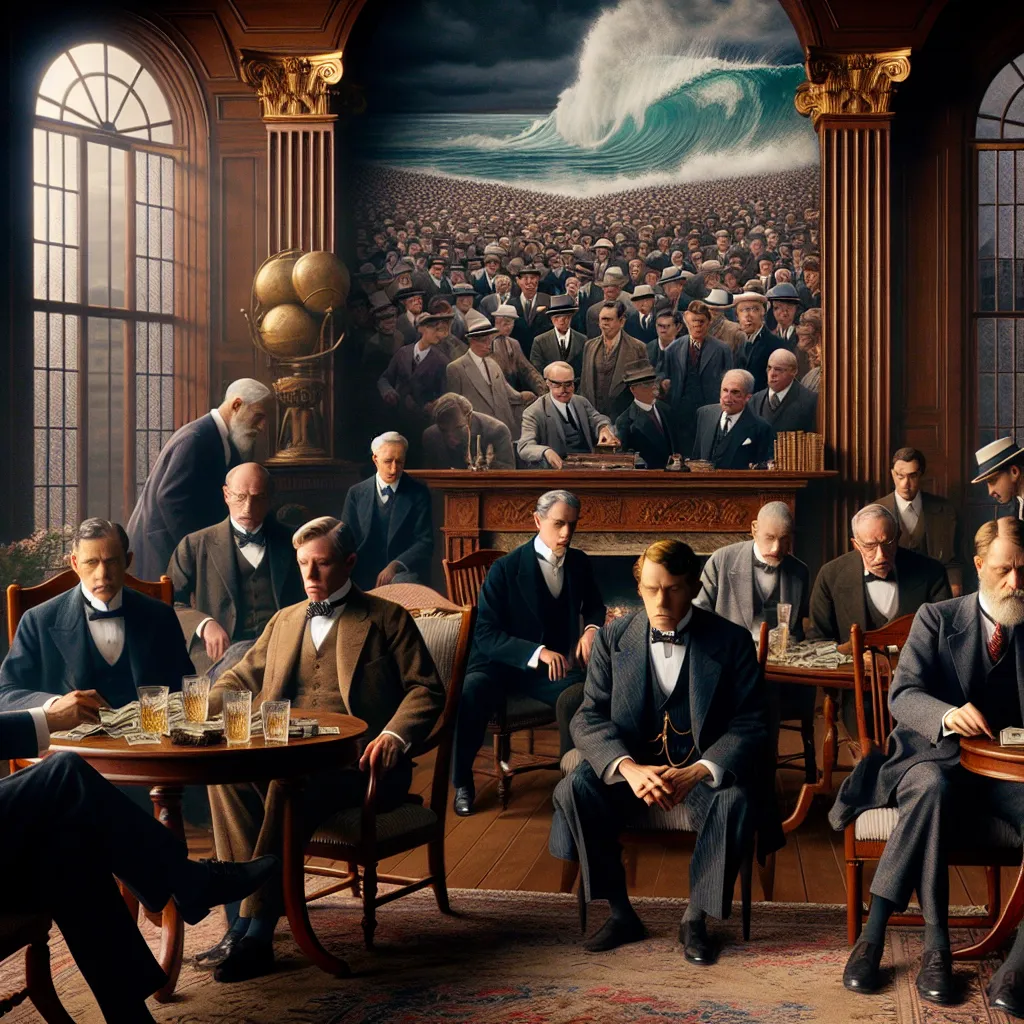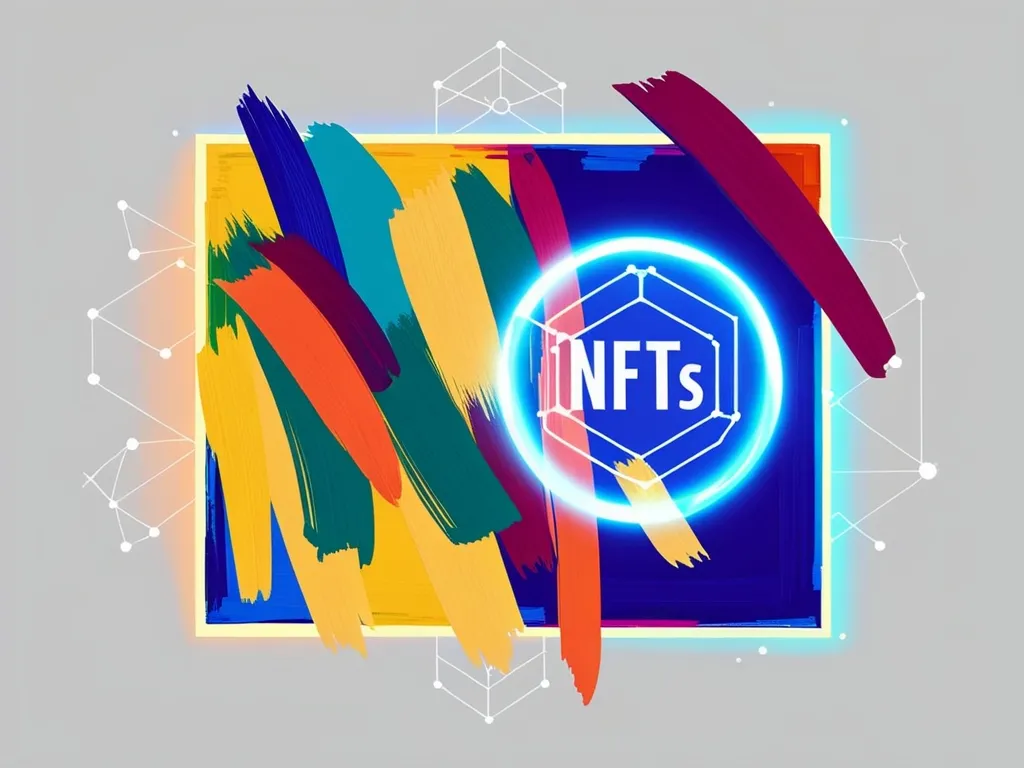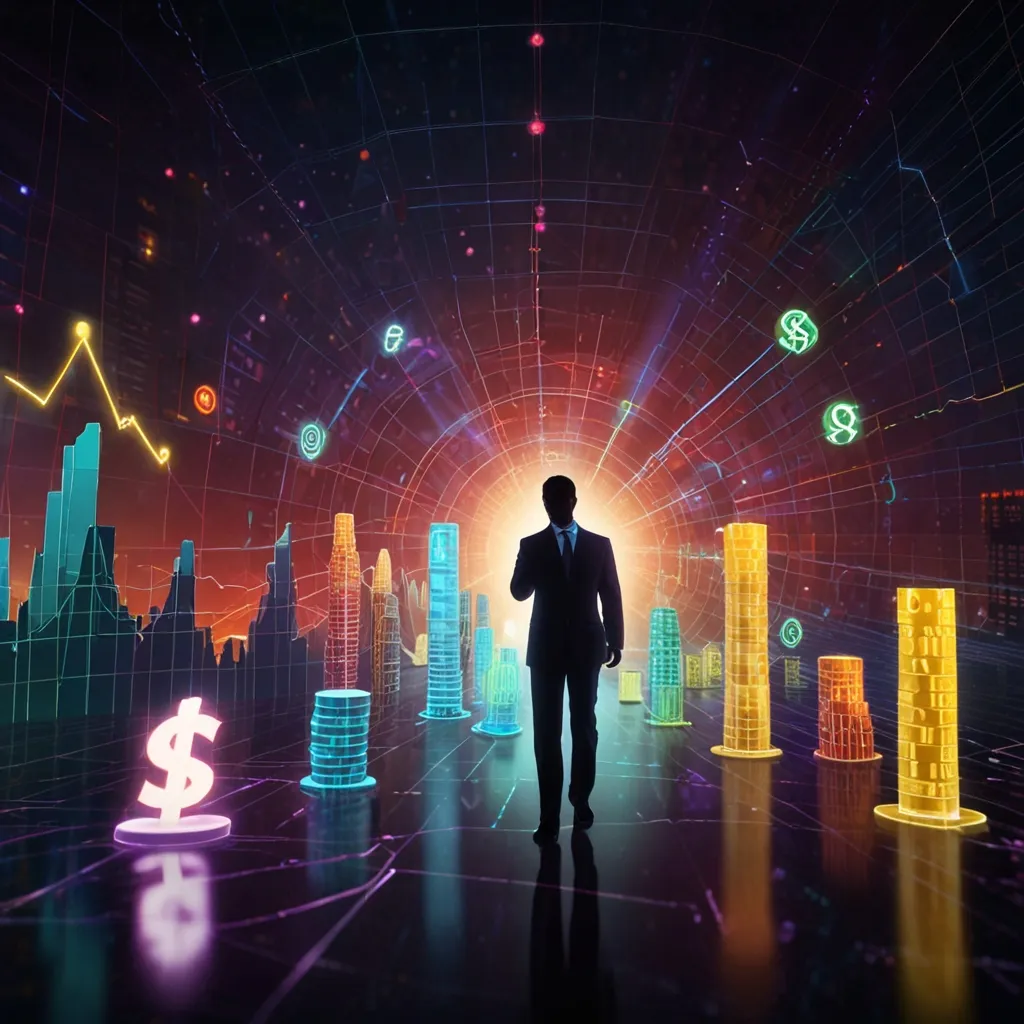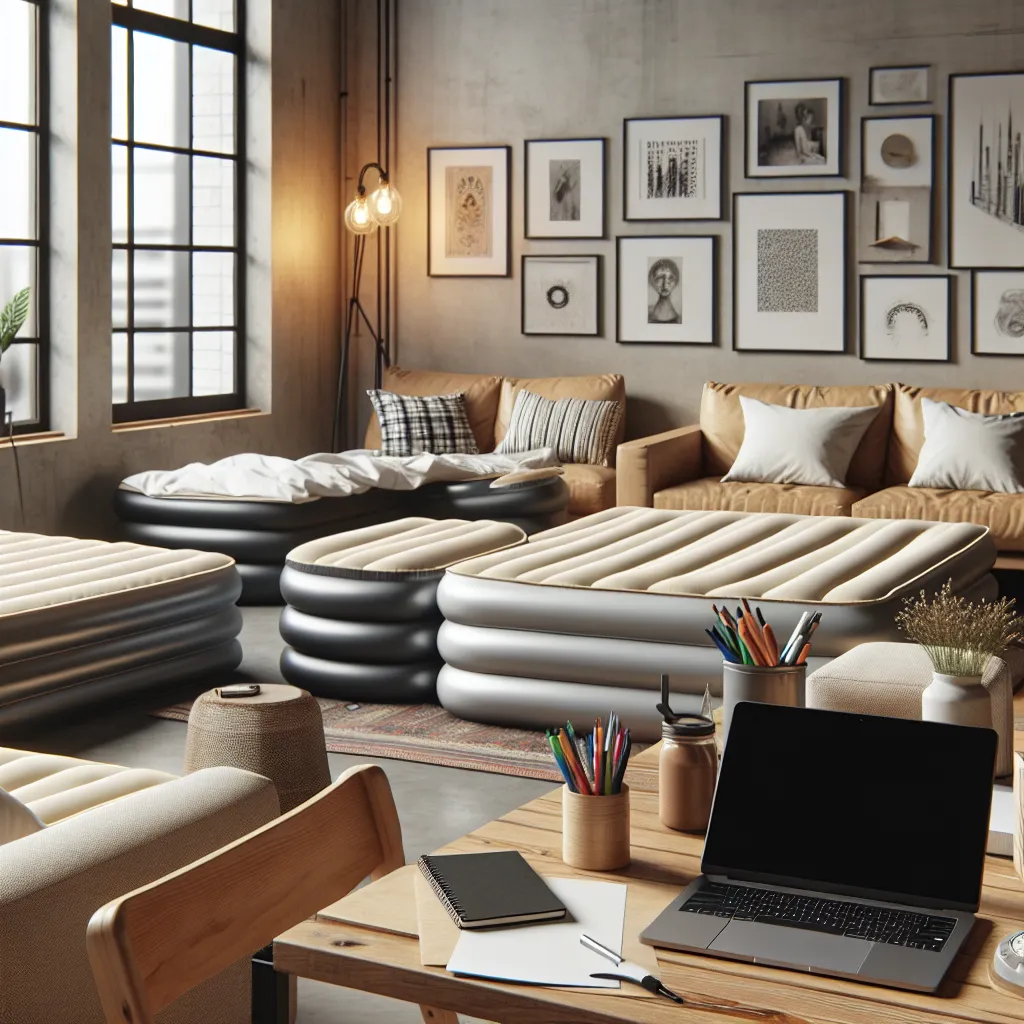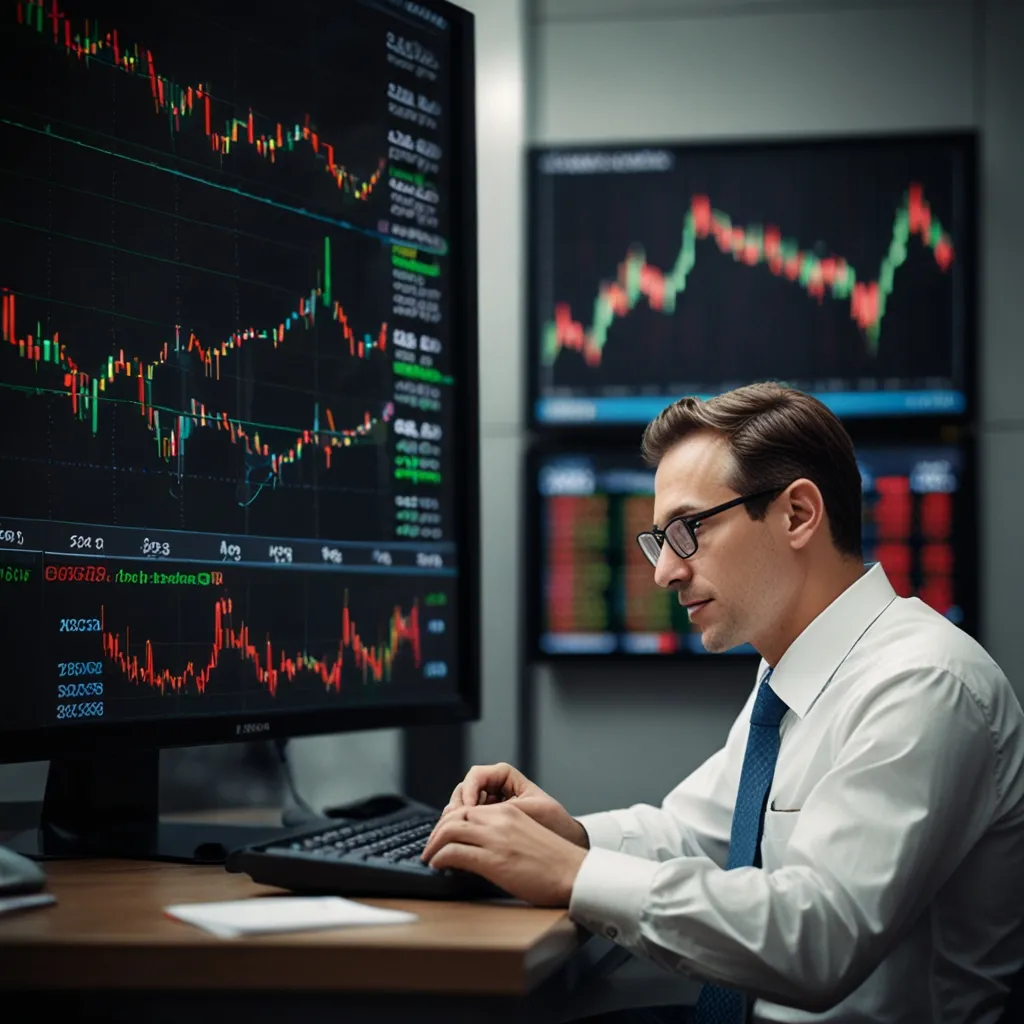The Federal Reserve (often just called “the Fed”) is the bedrock of the American financial system. For over a century, it has been the main overseer of the U.S. economy. However, its record is mixed and its complex structure leaves many scratching their heads. Not surprisingly, this lack of clarity has fueled various conspiracy theories, from allegations of Rothschild ownership to claims of control by lizard people. Here’s a dive into how the Fed came to be, how it operates, and who truly owns it.
In the late 19th century, America was a chaotic place, not just due to the Civil War but also because of constant economic downturns. These financial hardships were largely due to the lack of a central bank—a concept that, mind you, was not new. The Dutch had one in 1609, boosting their economy, and the Bank of England, founded in 1694, was the financial backbone of the mighty British Empire. The U.S. avoided this model because of its British connections, sparking fierce opposition among the Founding Fathers.
Twice before, America attempted to establish a central bank. Alexander Hamilton spearheaded the first effort in 1791, but both attempts lasted under 20 years, doing little to stabilize the economy. Frequent bank failures led to widespread panic and economic depressions. Bank runs were common, where scared depositors simultaneously withdrew their funds, causing otherwise solvent banks to go under.
American bankers saw this chaos. Paul Warburg, a key banker, said in 1907 that U.S. banking was as backward as 15th-century Italy or ancient Babylon. Ironically, just months later, the Panic of 1907 hit. A quake had devastated San Francisco, using up capital and causing financial strain. This strain led to manipulation and eventual collapse of the United Copper Company’s stock, crashing the entire market. Banks began failing one by one, ultimately forcing desperate bankers to turn to J.P. Morgan for salvation.
Morgan, then Wall Street’s kingpin, organized a rescue plan for nearly bankrupt but otherwise healthy banks. His efforts are comparable to the 2008 financial bailout but conducted by private individuals. When the panic quieted, the necessity of a central bank was clear, though debates persisted on how it should function. The agricultural South feared centralized power, while bankers wanted it free from political meddling. Negotiations dragged on for five years until they crafted a plan.
Interestingly, these talks took place not in Washington but on Jekyll Island, Georgia, home to an exclusive club of wealthy men, including Morgan. By 1913, legislation passed, birthing the Federal Reserve, a unique compromise. Unlike any other, the Fed became a network of twelve regional banks, each run by local bankers and businesspeople, overseen by a board appointed by the President but confirmed by the Senate. This setup limited presidential power and ensured regional representation.
Crucially, each regional bank is structured as a private corporation with its own stock. Every nationally chartered bank in the U.S. is required to keep 6% of its capital in its regional reserve bank in exchange for shares. These shares don’t trade like public company stocks; they’re fixed at $100 each and cannot be sold. They do offer a 6% annual dividend. All Fed profits above this payout go to the Treasury, with the Fed raking in substantial sums—$80 billion in 2017 alone.
So, who owns the Fed? Essentially, all major American banks. The list of shareholders is long but includes recognizable names. Importantly, as public corporations, anyone can buy stock in these big banks and indirectly benefit from the Fed’s structure.
To sum up, the Federal Reserve’s history is a tale of necessity born from economic strife, resulting in a uniquely American institution designed to balance diverse regional interests with the need for a strong central financial authority.
